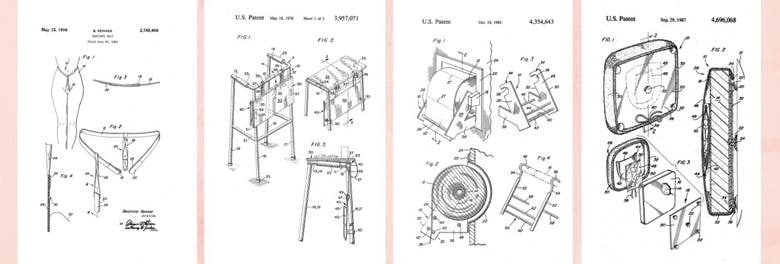Invent Together, an IP diversity advocacy group has announced the launch of The Inventor’s Patent Academy (TIPA), an e-learning course designed to educate inventors from diverse and underrepresented backgrounds about the US patent system.
According to Invent Together, TIPA
was designed to make patenting more accessible for groups historically excluded from patent-heavy science and engineering fields, including women, people of color, people who identify as LGBTQIA, people from lower-income communities, and people with disabilities.
Invent Together reports that
Black and Hispanic-American college graduates patent at half the rate of white college graduates, while women make up less than 13 percent of inventors who hold a U.S. patent, according to studies of patent data. Closing these gaps would promote U.S. job creation, entrepreneurial activity, economic growth, and global leadership in innovation, and estimates suggest that increasing participation by underrepresented groups in invention and patenting would quadruple the number of American inventors and increase annual U.S. gross domestic product by nearly $1 trillion.
As Lady Science notes,
Women make up 27 percent of the core STEM workforce in the U.S., and 23 percent in the U.K. Women are also awarded half of all PhDs in the U.S. and own four out of ten businesses. These statistics should warrant a larger female presence among patent applications.
According to the World Intellectual Property Office (WIPO), the biotechnology field has the most women inventors with 53% of patents naming at least one woman inventor. Fifty-two percent of pharmaceutical patents also name at least one woman inventor. On the other hand, fewer than 10% of electrical engineering patents have at least one named woman inventor.
The US Patent Office (USTPO) suggests that “female scientists face more difficulty securing funding and lack the social networks that can be critical to commercializing inventions.”
Women may also lack the opportunity to see other women inventors as role models. For example, actress Hedy Lamarr is perennially cited for her World War II-era patent for a “frequency hopping, spread-spectrum communication system” designed to make radio-guided torpedoes harder to detect or jam. The invention is considered a basis for WiFi. However, thousands of less glamorous women inventors are often overlooked.
Bloomberg Law notes that
Whites are over three times more likely to become inventors than Blacks, Harvard University researchers found in 2018. The Information Technology and Innovation Foundation found that African Americans while making up 13% of the U.S.’s native-born population, comprised less than 1% of the U.S.-born innovators it surveyed.
Another study, by Michigan State University researchers, found that from 1976 to 2008, African American inventors were awarded six patents per 1 million people, compared to 235 patents per 1 million for all U.S. inventors.
The multi-media self-paced TIPA course materials show invention and patenting by inventors from diverse backgrounds and teach users about US intellectual property (IP) law.
Invent Together, according to its recent press release, is
an alliance of organizations, universities, companies, and other stakeholders dedicated to understanding the diversity gaps in invention and patenting and supporting public policy and private initiatives to close them.
The project was produced in collaboration with Qualcomm. According to Sudeepto Roy, VP, Engineering at Qualcomm,
It is estimated that millions of potential American inventors from underrepresented groups are not inventing or patenting, in part, due to a dearth of accessible information and limited early exposure to inventors and inventions.
Qualcomm, as the TIPA site notes, is one of America’s most innovative companies, with a portfolio of more than 140,000 patents.
Just like the haiku above, we like to keep our posts short and sweet. Hopefully, you found this bite-sized information helpful. If you would like more information, please do not hesitate to contact us here.


